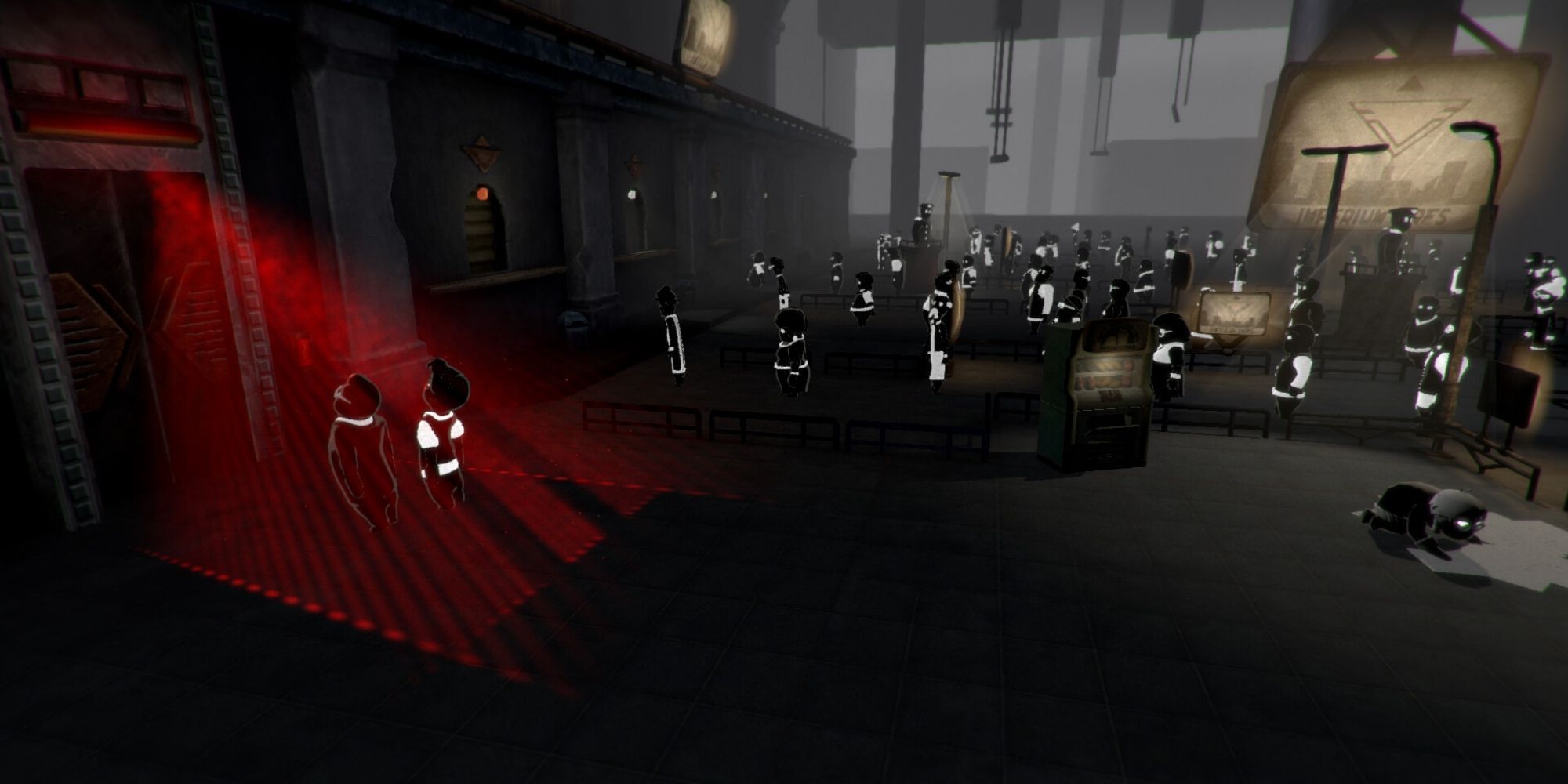

Time trade-offs become easier when there are signs of hope - specific reminders that the extra time required to complete a task won't go on forever. To consumers, time is adaptable to their perception, a principle Disney exploited in its cutback-style rope lines, which make consumers think they are closer to entering a ride or exhibit than they actually are. Q," believes the key to making time elastic - and therefore reducing frustration and what he calls "queue rage" - is that consumers need to be able to believe their patience in putting up with a delay will pay off. MIT Professor Richard Larsen developed two models - the Queue Inference Engine and the Hypercube Queuing Model - to explain what makes line times so elastic. There's actually science to support and explain this. Consider that waiting 20 minutes to order fast food is generally unacceptable, while waiting the same 20 minutes to sit down in a four-star restaurant is perceived as no wait at all. It turns out consumers have a far more elastic sense of time than we generally give them credit for. And 30% of respondents are willing to wait for an order of a specific furniture item, or marble countertop, if it's more in line with their aesthetic, rather than buying what's in stock. Their prices are also better." Another shopper said, "I want the freshest vegetables I can get and I'll drive to the store for them." On a personal note, I can attest to driving an extra ten minutes for my favorite snacks.īeyond everyday purchases, 50% of our survey respondents prefer physical stores when shopping for their favorite clothing brands, despite the common assumption that consumers see online shopping as easier. For example, 30% of respondents said they were willing go out of their way for food groceries. As one respondent told us, "I have a store preference that is cleaner and has better selections than ones that are closest to me. This is true even in the case of "everyday" products, where we often make the mistake of thinking that time-strapped consumers are more willing to trade off a convenient purchase for time. The truth is consumers are more than willing to go out of their way for their favorite products. In fact, they regularly do just that.Ĭonsumers are clearly willing to be inconvenienced, as long as it's on their terms.
#BEHOLDER 2 GO TO THE PARTNERS HOME FULL#
What we found was that considering convenience in isolation, rather than as part of the full brand experience as lived by a unique individual consumer at a specific time, is a common and potentially fatal mistake. In an attempt to find a more satisfactory (and accurate) definition, the Kearney Consumer Institute polled consumers to see how they defined convenience.

Too often, we talk about convenience exclusively in branding terms - a nebulous abstraction somehow tied to an undefined mixture of ease of purchase and speed of location, transaction, and delivery. It's more that we've never attempted to define it from a consumer point of view. It's not that convenience doesn't exist, or that it isn't important.


 0 kommentar(er)
0 kommentar(er)
